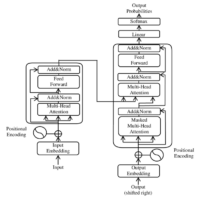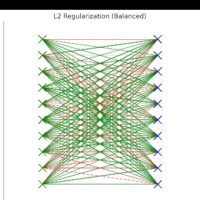Sequential vs Functional Keras API Part 2 explanation _ Day 15
Keras API Example Let’s continue from day 14 which we explained the 3 Keras API types and compare them Understanding Sequential vs. Functional API in Keras with a Simple Example When building neural networks in Keras, there are two main ways to define models: the Sequential API and the Functional API. In this post, we’ll explore the differences between these two approaches using a simple mathematical example. Sequential API The Sequential API in Keras is a linear stack of layers. It’s easy to use but limited to single-input, single-output stacks of layers. Here’s a simple example to illustrate how it...



